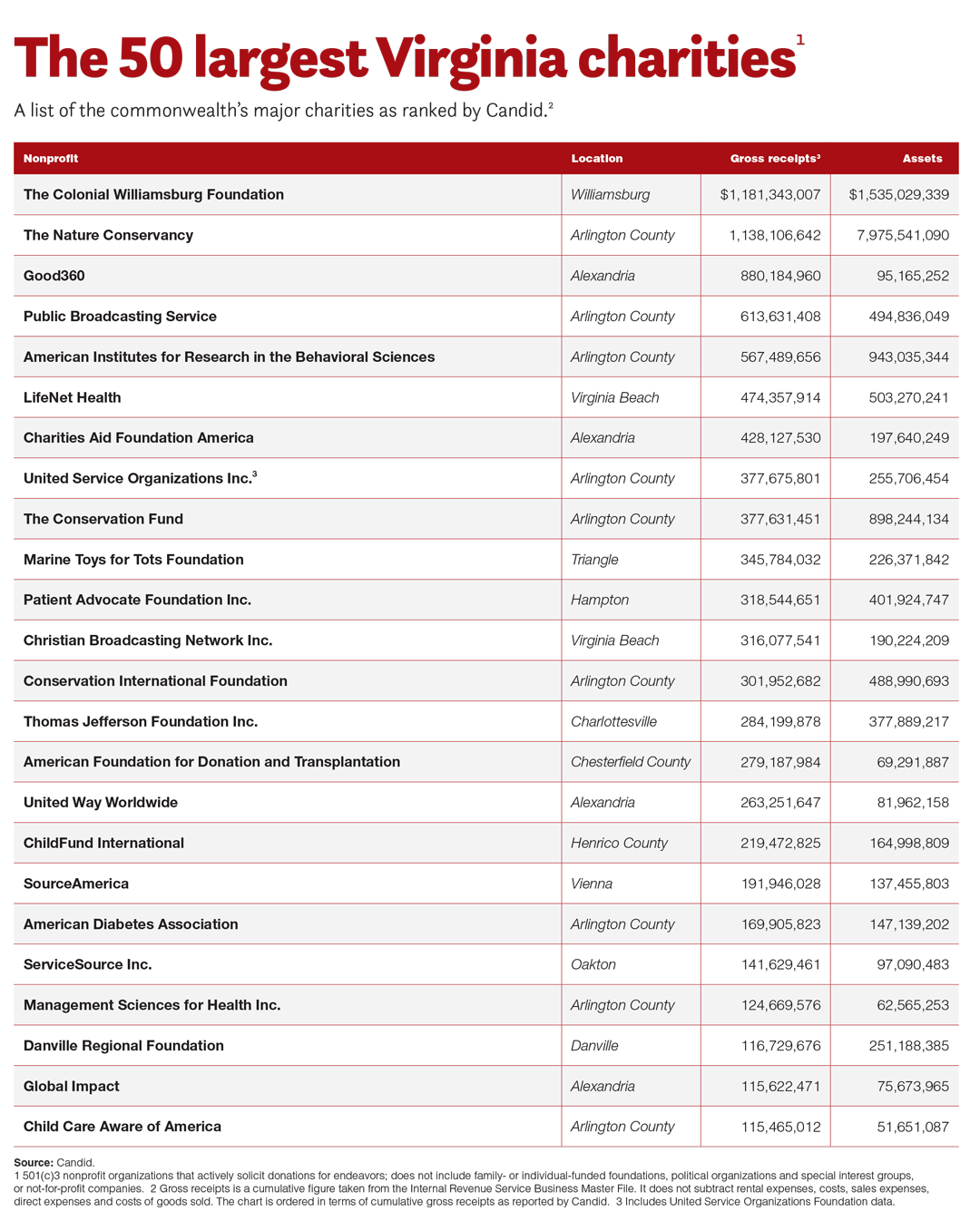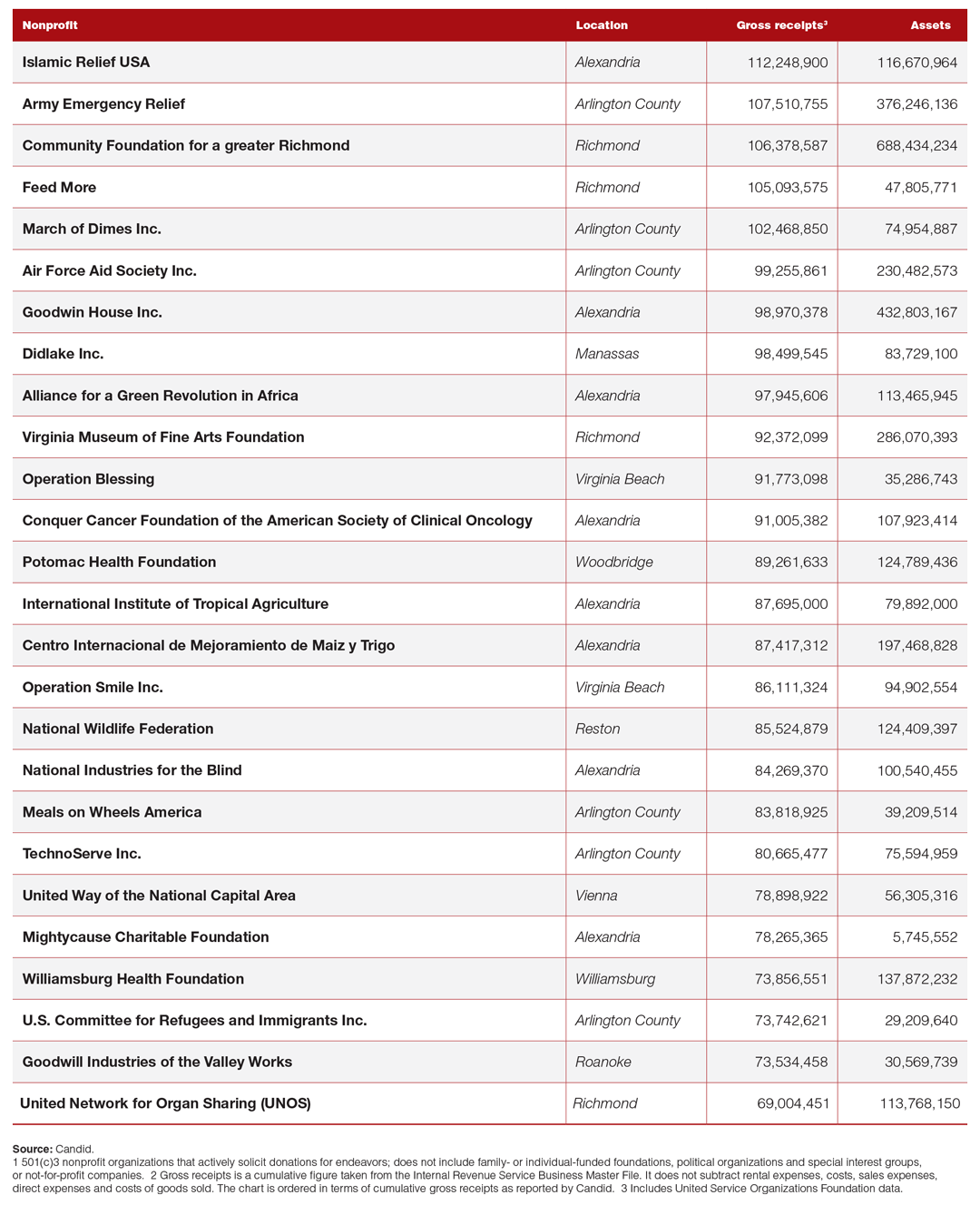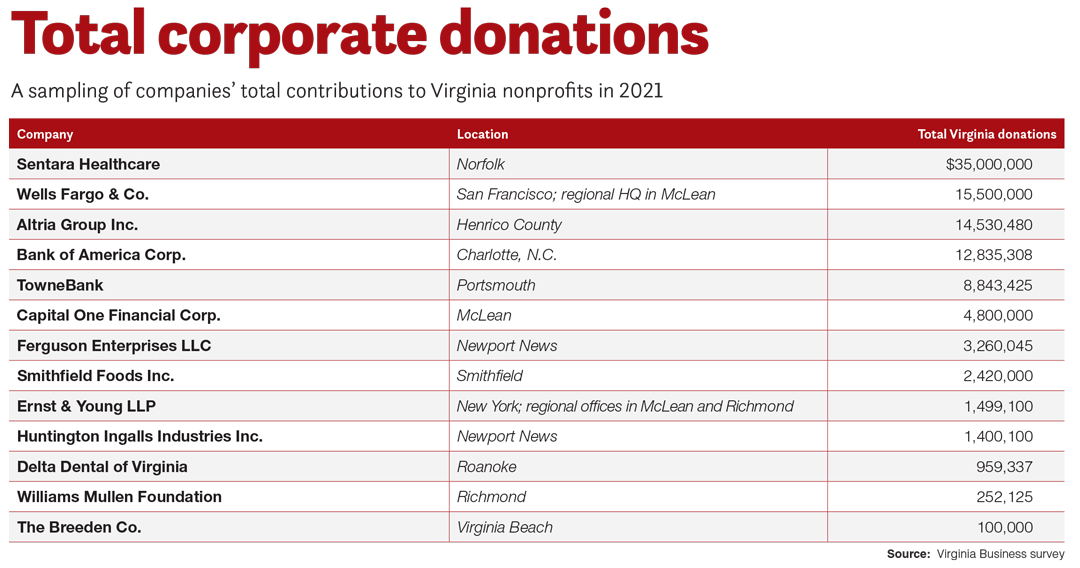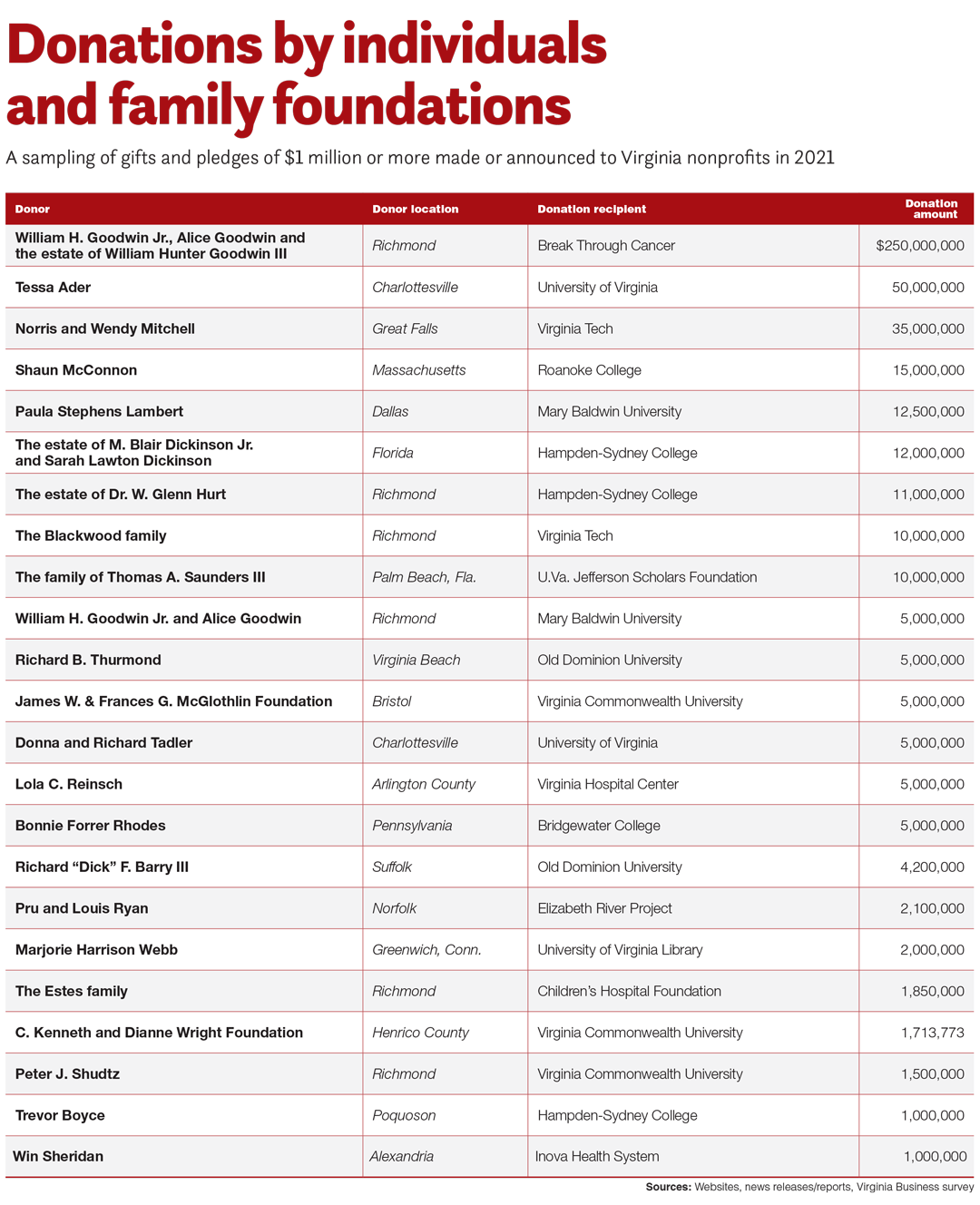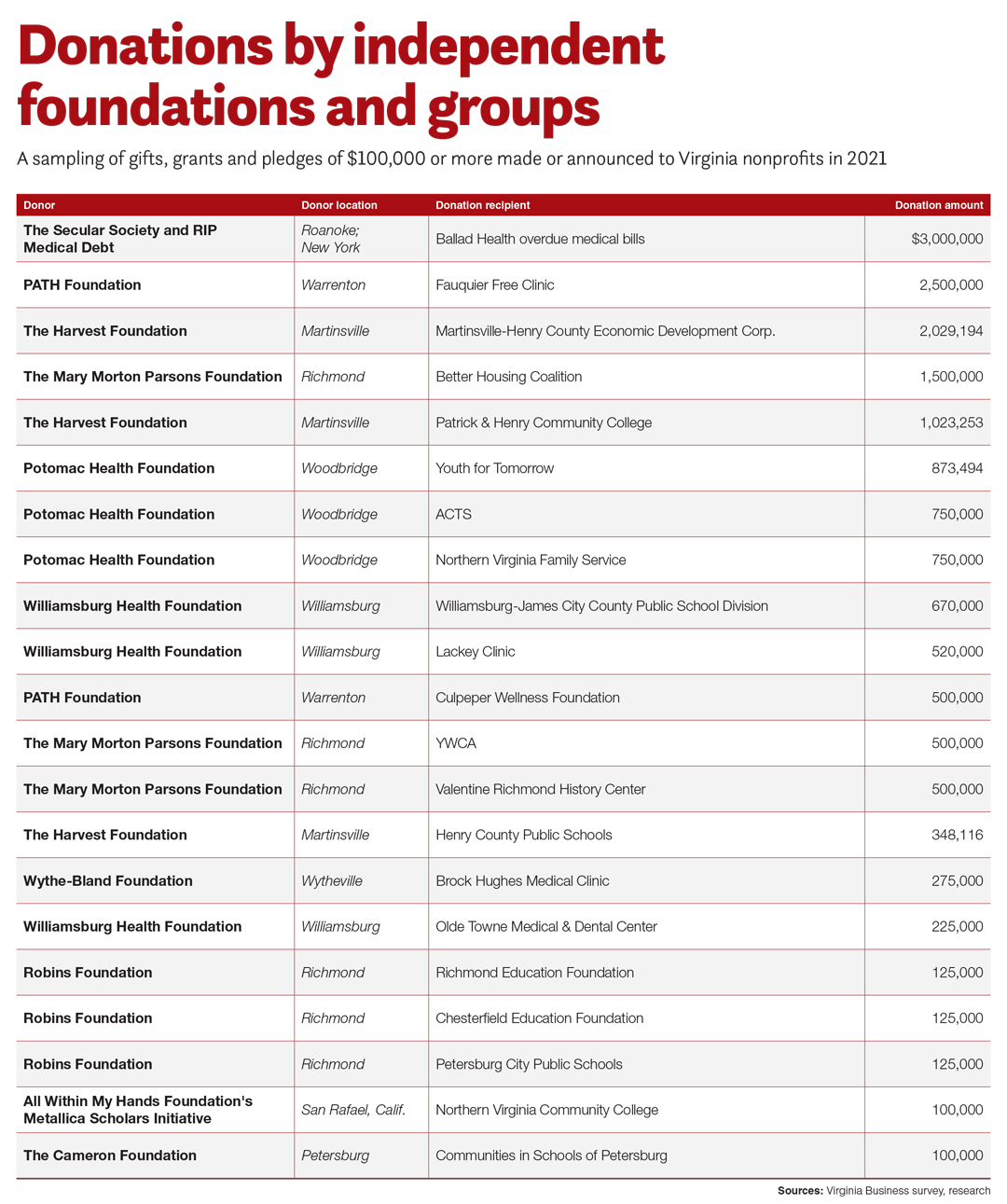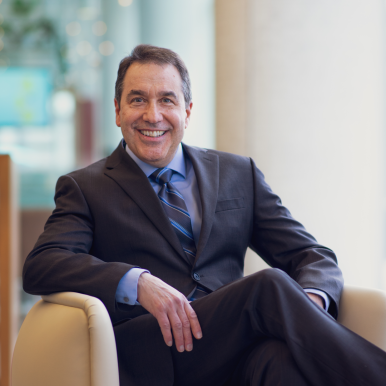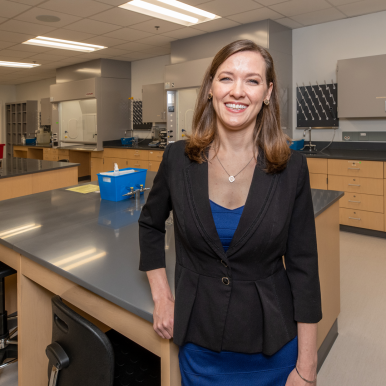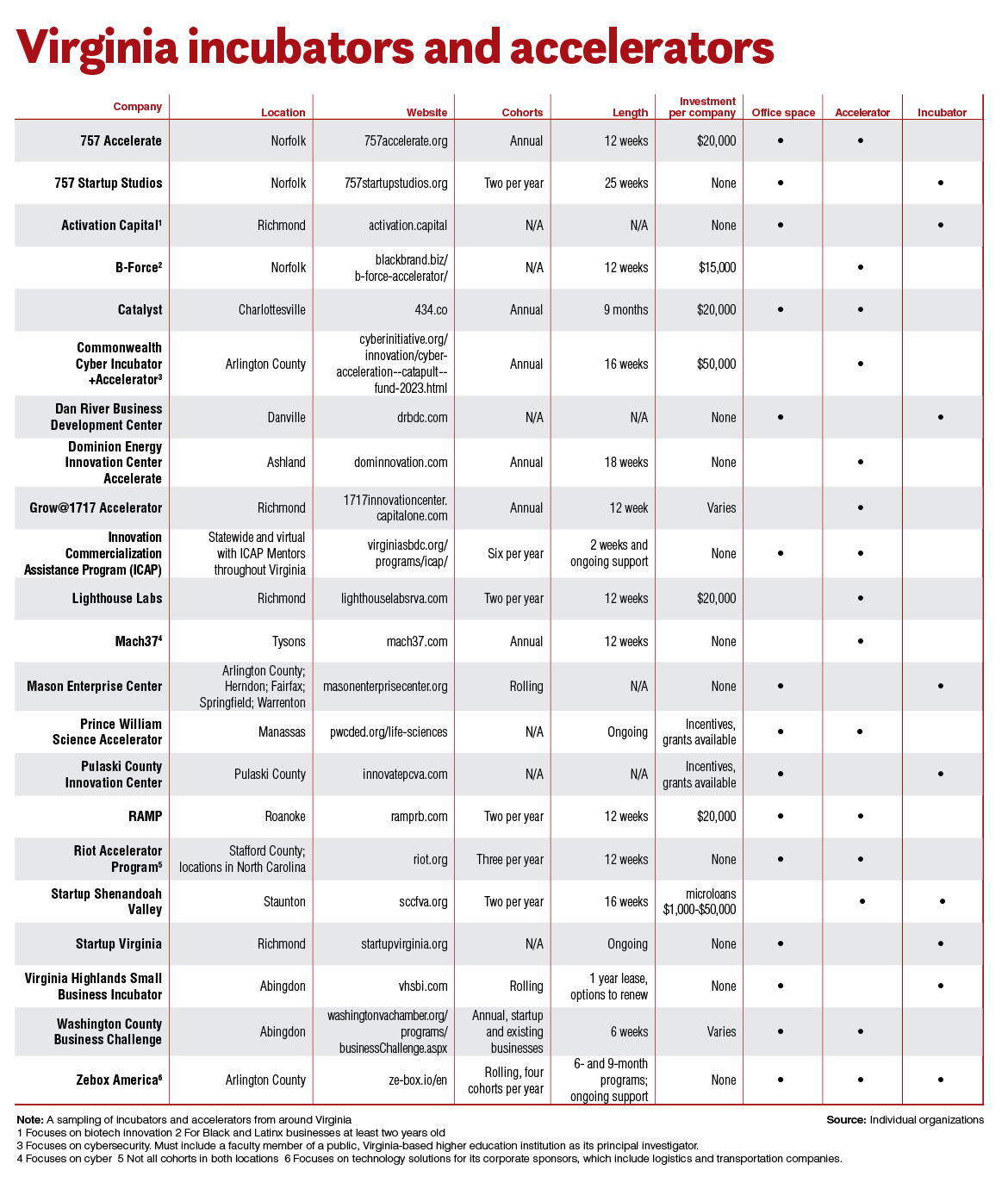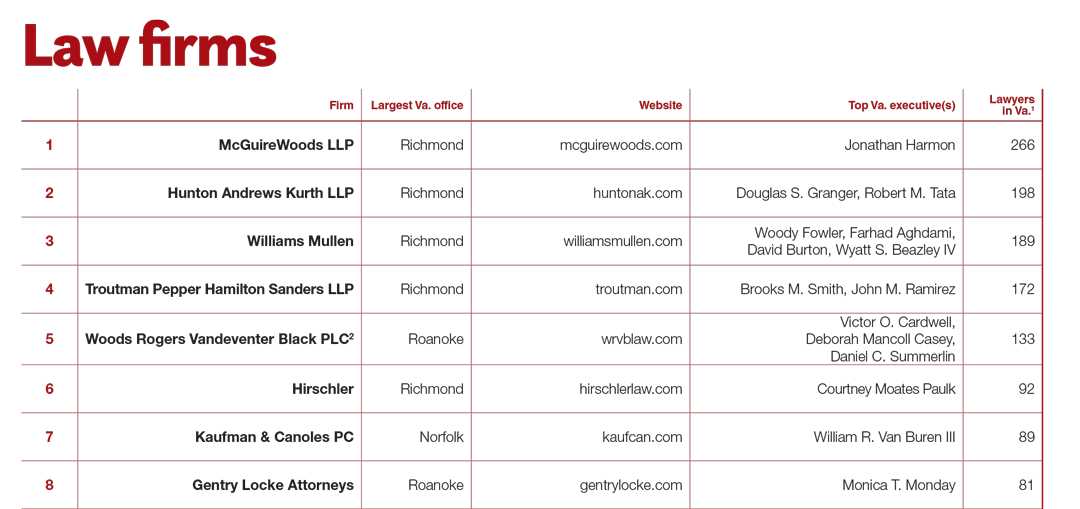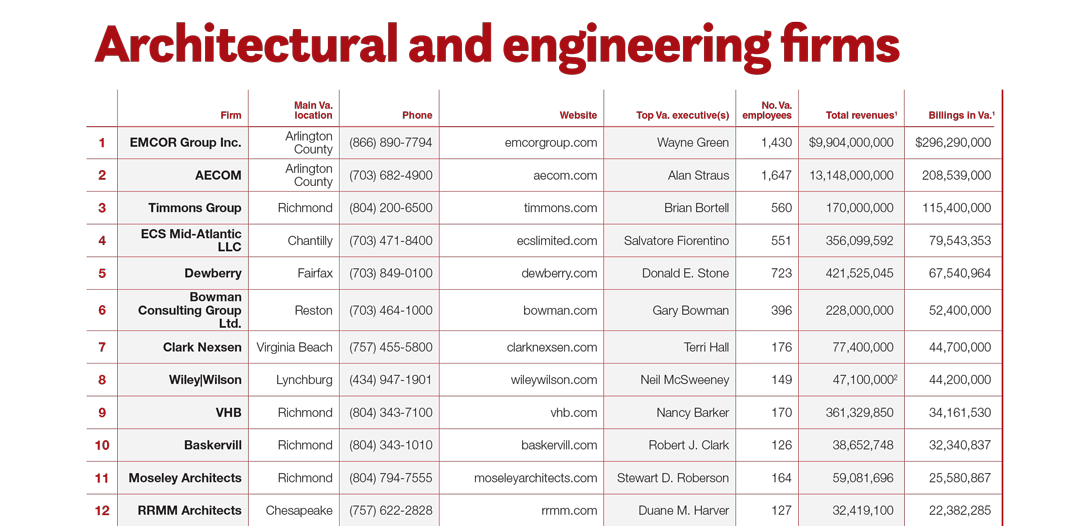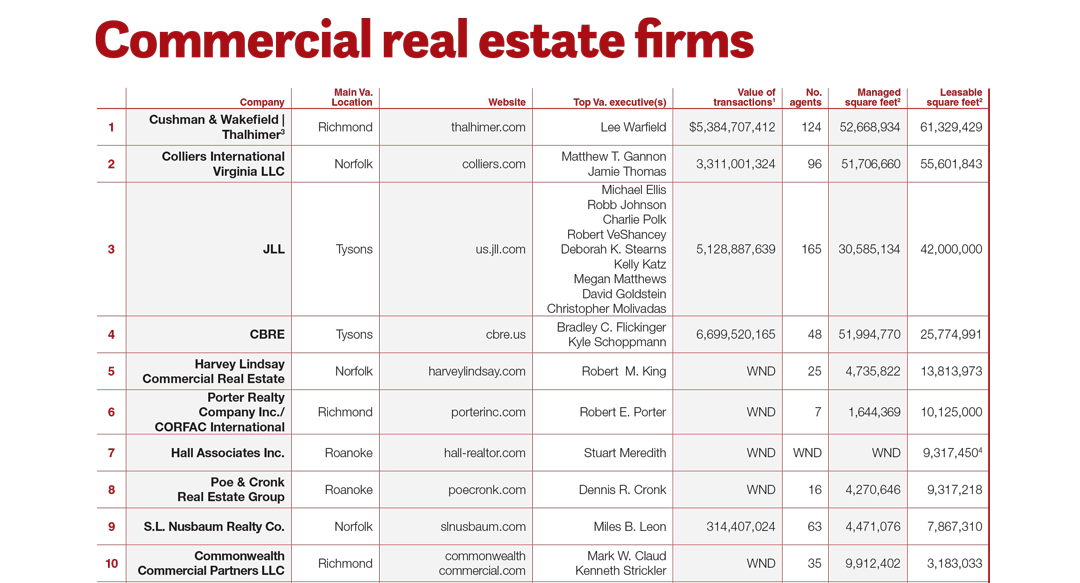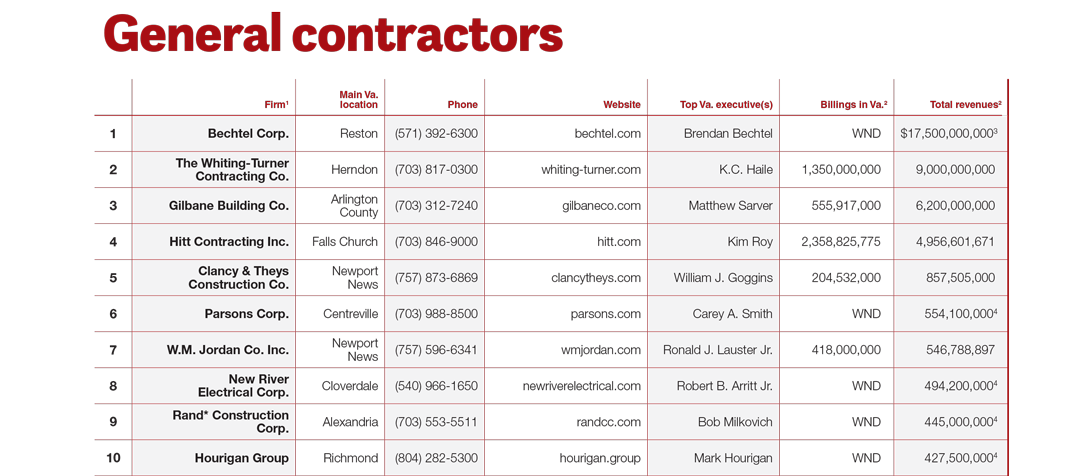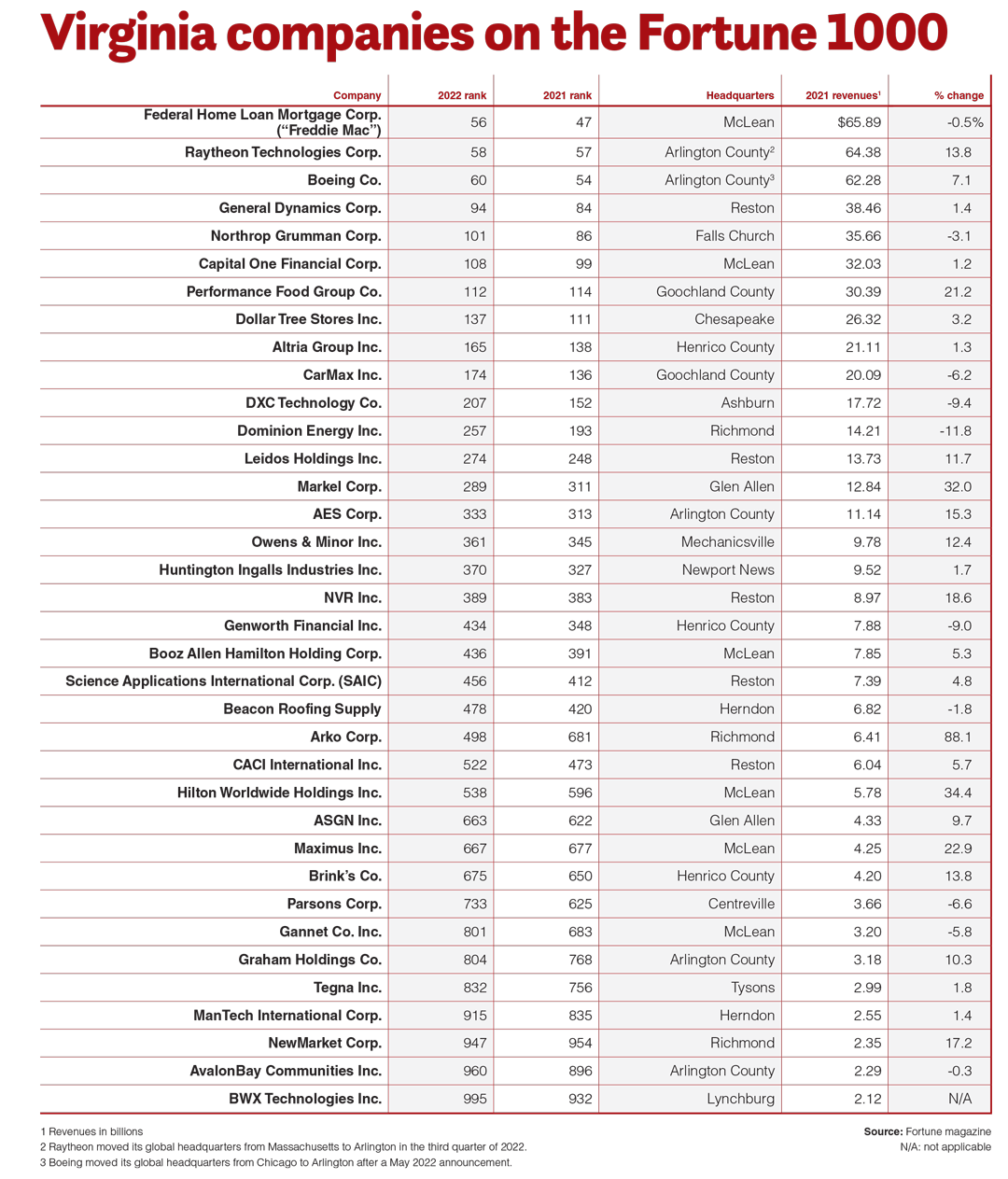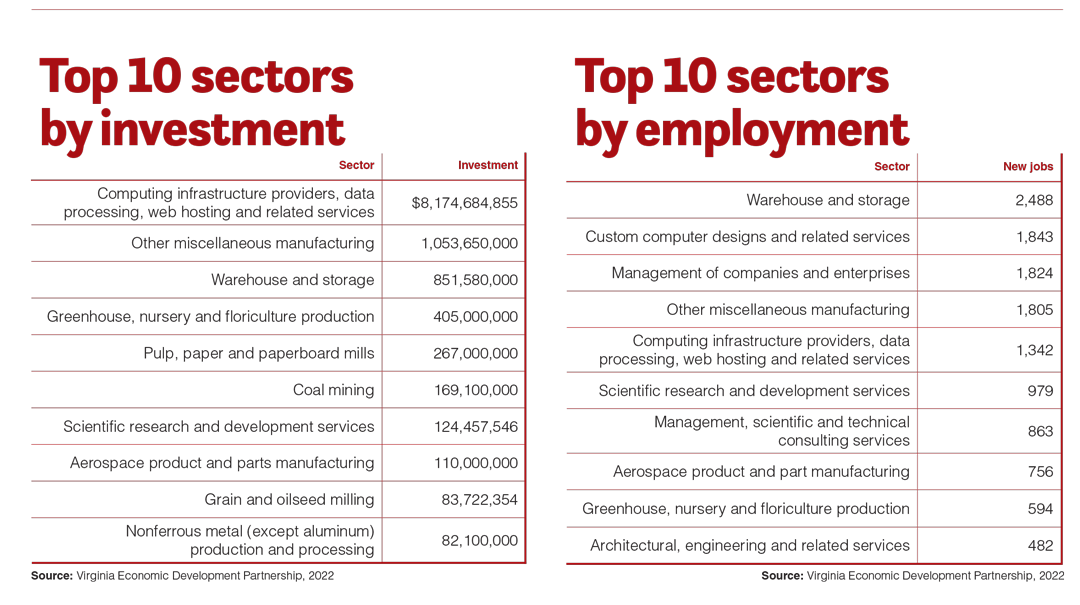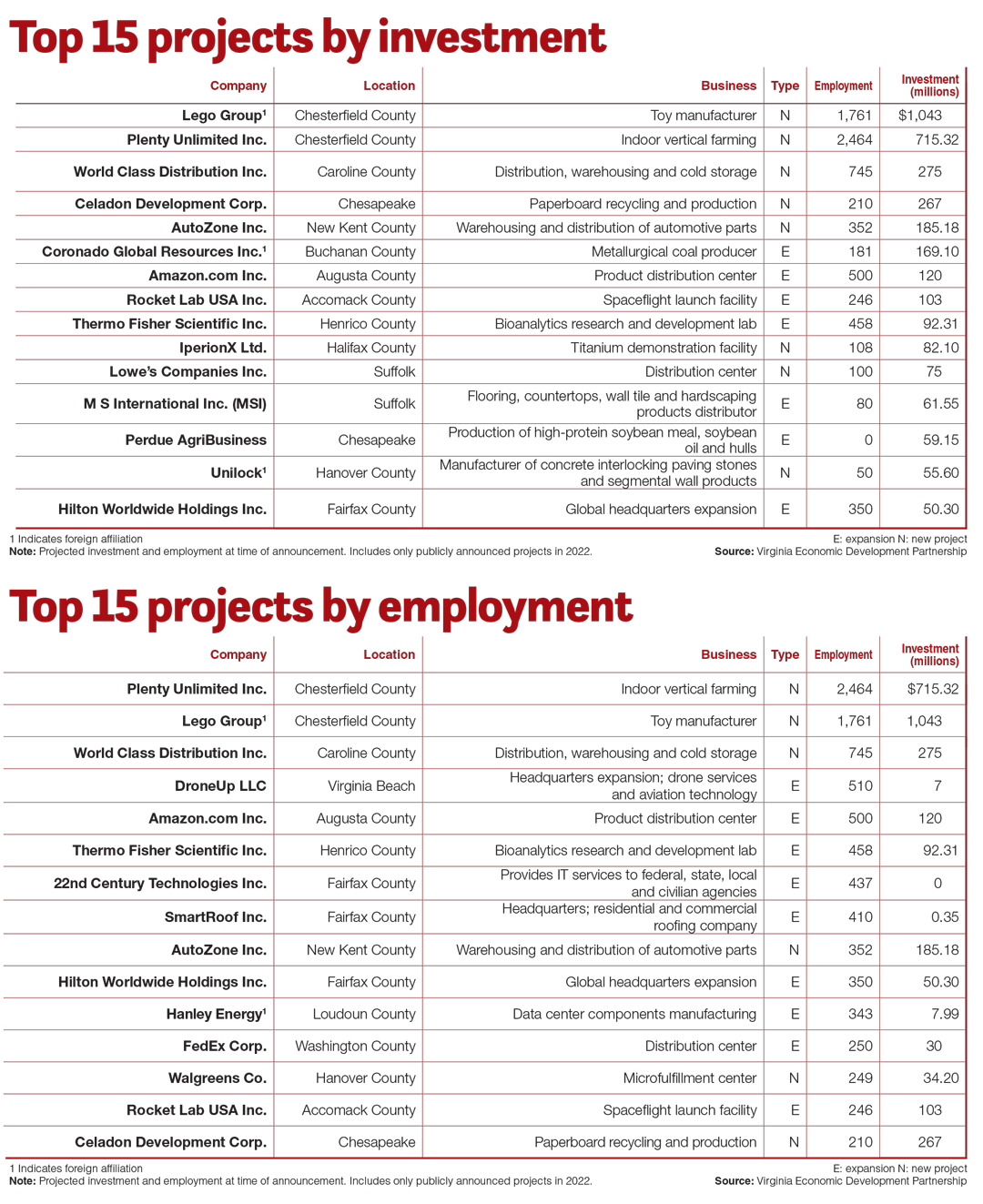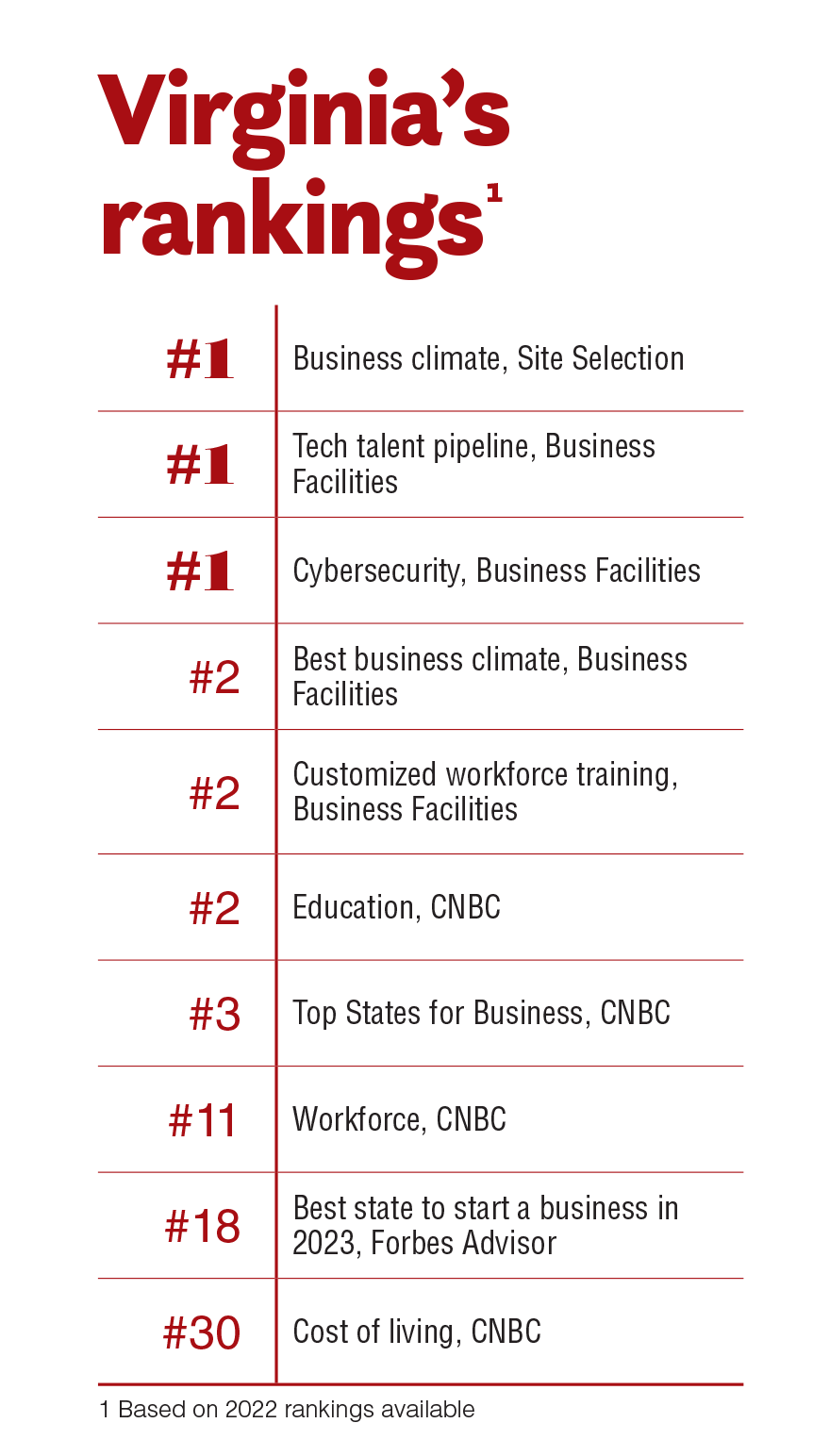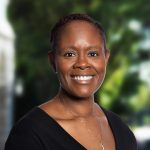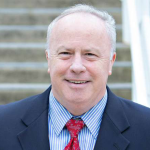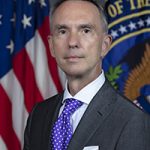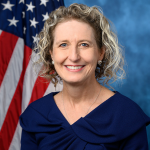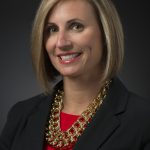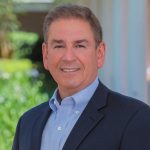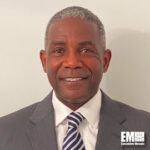The Shenandoah Valley Partnership had more economic development activity than “anyone anticipated in 2022,” says Jay Langston, the partnership’s executive director.
During the calendar year, the partnership saw close to $140 million in investment and 520 jobs.
In Fishersville, Amazon.com Inc. is building a $120 million, 1 million-square-foot nonsortable fulfillment center, which handles bulky or large items such as patio furniture, outdoor equipment or rugs. The building, 85% complete as of late January, is expected to be finished this spring, according to Langston.
“I’ve been in this business for 38 years and never had a project like that come in so fast,” he adds. “It was the right place and the right time. Augusta County did a superb job working with consultants and engineers. It was a huge team effort.”
Additionally, Rockingham Cooperative in Rockingham County will invest nearly $17 million to upgrade and expand its grain handling and feed manufacturing operations, adding up to 20 jobs.
“This is a major investment because of the growth of agriculture in the region,” Langston says. “We have four of the top five agriculture top-producing counties in Virginia in this region.”
Augusta County
Augusta County’s economy held strong with the February 2022 announcement of Amazon’s nonsortable fulfillment center.
With 21% of the county’s workforce in manufacturing, “job openings in that sector, particularly, continued to grow,” says Rebekah Castle, the county’s director of economic development and marketing. “There continues to be great potential for growth with growing job openings and programs like Blue Ridge Community College’s Job Starter, paid training providing the skills … needed to be successful starting a job in advanced manufacturing.”
“Active and productive” are the words Brian Shull, Harrisonburg’s economic development director, uses to describe the city’s economic development in 2022.
Farmer Focus completed construction on its organic chicken packaging facility, a $65 million-plus project in northern Harrisonburg, in February 2022.
“This project led to enhanced business interest in surrounding greenfield sites,” undeveloped land that can be used for commercial or residential development, Shull says.
Lauf Cycling, an Icelandic high-end bicycle manufacturer, selected Harrisonburg for its U.S. headquarters, including a showroom and distribution center. The company made the announcement in April 2022 and signed a five-year lease for a 6,500-square-foot shell building in downtown Harrisonburg at 156 E. Washington St., which the bike maker plans to build out. Lauf’s projections call for hiring approximately eight employees in three years. Capital investment figures for the facility build-out have not been released.
“Harrisonburg has such a strong cycling and outdoor recreation culture,” Shull says. “Lauf quickly recognized this asset and wanted to be part of it.”
Harrisonburg Innovation Hub (HIH), a coworking center, is expected to open in the former Wetsel Seed building downtown late this year. The HIH team purchased the 25,648-square-foot building for $2.88 million and expects the purchase and renovation costs to total $4.5 million. The space will offer up to 60 offices, rooftop event space and an AV production studio, developers say.
In addition, Blue Ridge Rubber & Industrial Products Co., an industrial rubber hose fabricator, is investing $700,000 to expand its Harrisonburg manufacturing facility on Acorn Drive, near Eastern Mennonite University.
Thanks to increased tourism spending and James Madison University’s first year in the Sun Belt Conference, Harrisonburg also experienced a healthy bounce in hospitality sector tax revenue in 2022. Compared with 2021, Harrisonburg saw a 15.8% jump in meals tax revenue, a 12.1% rise in lodging tax revenue and a 9.2% increase in sales tax revenue.
The past year was the most productive year Rockbridge County had seen in economic development over the last five years.
“In addition to establishing an office of economic development, the county started developing its first strategic economic development plan to guide future economic development efforts,” reports Brandy Flint, the county’s director of economic development. “We have two new commercial construction projects underway and two more to start next year.”
The estimated value of all 2022 commercial building permits, including new construction and renovations, was “approximately $18.6 million,” she adds.
The conversion of a Modine Manufacturing Co. warehouse into a manufacturing plant was a $7 million project that kicked off in 2021, with work completed in November 2022. “That project has continued into 2022 with an increased scope of work and additional employment,” Flint says, noting the plant’s projected 60 jobs has increased to 73 because of an increase in sales.
Rockingham County’s growth in 2022 was a balance of new and existing business expansions and announcements.
“The county is fortunate to have such a diverse economic base of manufacturing, food and beverage and service-related businesses throughout the community,” says Joshua Gooden, the county’s economic development and tourism coordinator.
In 2021, Veronesi Holding S.p.A. selected the county to become the first North American location for its cured meat processing facility located in Innovation Village @ Rockingham. The Italian company broke ground in February 2022 on the facility, which is anticipated to be completed this spring. The plant is expected to bring 150 jobs to the county.
Meanwhile, Gooden says, the $6.5 million expansion of Virginia Industrial Plastics Inc.’s plant in Rockingham, a project that was expected to create 92 jobs, has been delayed. The project was announced in 2021.
Shenandoah County
Shenandoah County saw a dramatic increase in the number of leads and interest in properties throughout 2022, says Jenna French, the county’s director of tourism and economic development.
“Our industrial development authority entered into an option-to-purchase agreement on a 21-acre parcel in the Northern Shenandoah Business Park in Strasburg, and one of our larger parcels of industrially zoned land recently sold in the Toms Brook area,” she says.
Shenandoah crossed the finish line with one of its larger tourism projects, a $109 million wellness and nature resort known as Simply Shenandoah, which is slated to break ground this spring and open to guests in 2024. The deal is expected to create 125 jobs.
“With tourism being the second largest industry in our county, this is a welcome addition that fills a unique niche for the county, offering a higher end experience and additional lodging opportunities,” French says.
Waynesboro’s economic development wins were a bit smaller than those in other localities, but Greg Hitchin, the city’s director of economic development and tourism, notes, “We opened five businesses this summer, and all are doing well.”
Also, the Virginia Museum of Natural History’s Waynesboro campus is moving forward, with the design phase set to end in June 2023. Contingent on General Assembly funding, groundbreaking is tentatively scheduled for 2024, with a spring or summer 2026 opening. The city expects the museum to draw more than 65,000 visitors annually.
Winchester
In Winchester, one of 2022’s major economic wins was the redevelopment of the Winchester Towers property, with Lynx Ventures LLC leading a mixed-use project with 175 residential units and a structured parking facility, as well as retail and dining space.
“Combining the housing with the services enhances socialization and provides the businesses with ready consumer activity. It’s a win-win for all involved,” says Winchester Mayor John David Smith Jr.
The city’s economic development authority leveraged the state’s enterprise zone program to facilitate an $11 million expansion of Continental AG, generating 67 manufacturing jobs as well as other investments. The authority didn’t provide incentive details.
In December 2021, TFC Poultry LLC announced it would invest $31.5 million to establish its second U.S. production facility in Winchester at the former Sunshine’s Pride Dairy facility, which was expected to open by April. The project is anticipated to create 111 jobs.
Trex Company Inc., one of the major brands of composite decking, is building a $7 million, 64,000-square-foot global headquarters and adding 200 employees. (See related story.) Announced in January 2022, construction is underway with completion anticipated in the third quarter of 2023.



